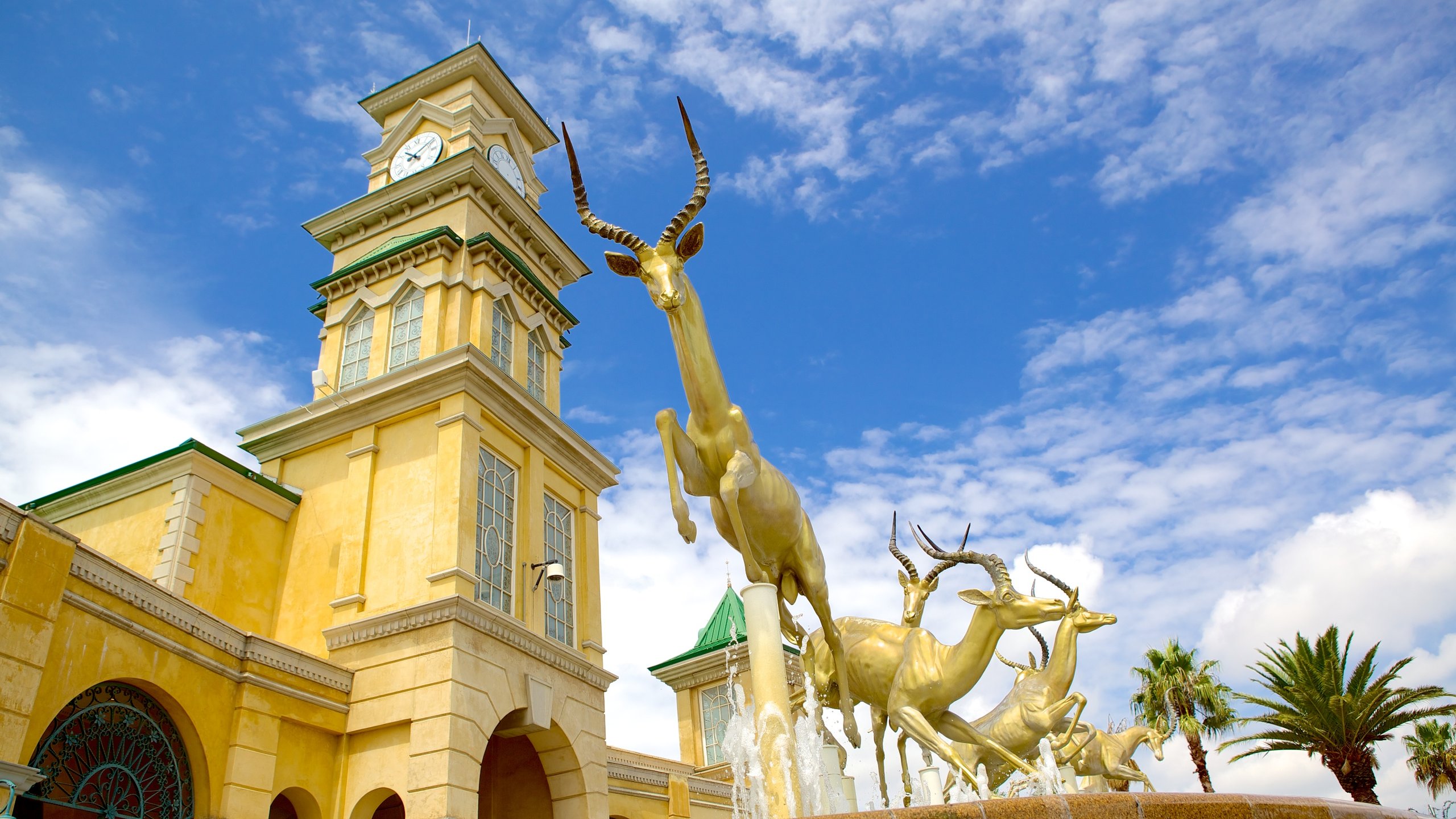About Johannesburg North Attractions
Table of Contents7 Easy Facts About Johannesburg North Attractions ShownTop Guidelines Of Johannesburg North Attractions6 Simple Techniques For Johannesburg North AttractionsHow Johannesburg North Attractions can Save You Time, Stress, and Money.Johannesburg North Attractions - An OverviewJohannesburg North Attractions Can Be Fun For Everyone
The city owes its area to the existence of a a lot more valuable source: gold. The city grew on the edge of the Witwatersrand Key Coral reef, a below ground stratum of gold-bearing quartz-silica empire that arcs for numerous miles beneath the Highveld. Many of the gold mines in the city ceased operation in the 1970s, but in its day the Witwatersrand gold market made up even more than 40 percent of the world's yearly gold production.Johannesburg has a warm environment. The city enjoys about 8 hours of sunshine per day in both winter months and summer season.
What rain the city obtains falls nearly specifically in the summertime months, often in spectacular late-afternoon electric tornados. Air pollution presents a substantial trouble, particularly in the cold weather, when thermal inversions hamper the westward flow of air from the Indian Ocean. Air pollution is most serious in the densely settled Black townships on the city's periphery, where many homeowners still rely on coal for gas.

Some Known Incorrect Statements About Johannesburg North Attractions
The equilibrium of the city is occupied by whites. Lodging varies in character and high quality. Soweto is notorious for its countless rows of municipally constructed, two-room matchbox homes, yet it also has a few prosperous territories in addition to bristling squatter camps, where 10s of thousands live without water, electricity, or sanitation centers.
Physical growth, although rather restricted by transport, continued quickly as migration to South Africa, and Johannesburg particularly, increased significantly. This issue was addressed in the 1930s when the auto was presented in mass manufacturing to South Africa. Cars were, generally, constrained to the well-off, and permitted them to relocate to the north of the city and commute into the centre.
A lot of inadequate residential areas were mixed, with poor blacks and whites living with each other, although the well-off residential areas were typically booked for whites.
The previous system of eleven numbered areas was reorganised in 2006. Marshalltown, as seen from the top of the Carlton Centre. The M1 and M2 run behind the buildings, and the southerly suburbs prolong past the freeway border. The central city of Johannesburg is situated within the city's Area F. The approximated populace of the region is 200,000, [] however the variety of individuals residing in the central city on an informal basis is unidentified, as many are unlawful immigrants. Many higher-income citizens and white people have actually relocated to the northern suburban areas and have been changed by lower-income black individuals. The joblessness, education, and age profiles of the location are all unidentified, because of the trouble of getting trustworthy details concerning the area.
Some Known Details About Johannesburg North Attractions
Yeoville and Bellevue have a mix of apartment and single residential devices on tiny whole lots. The region lies on a hilly divide that runs from eastern to west. One of the most obvious geographic function is Observatory Ridge, which is called for the large observatory located on it. The entertainment spaces are no more made use of, because of safety issues.

The Buzz on Johannesburg North Attractions
The eastern residential areas are some of the earliest areas of Johannesburg, there are huge areas of Jewish and various other European histories, the bulk of the populace is English talking. There are three golf courses as well as a number of secured ridges with viewsites.
The location is mainly made up of old "matchbox" houses, or four-room residences constructed by the government, that were constructed to provide affordable lodging for black employees throughout discrimination. Soweto is an acronym, representing "South Western Townships". Street after street around is lined with matchboxes; nonetheless, there are a couple of smaller locations where prosperous Sowetans have built homes that are a lot more comparable in stature with those in even more affluent suburbs.
Hostels are another popular physical function of Soweto. Initially built to view website house male Source migrant employees, numerous have actually been boosted as houses for couples and households. The N1 Western Bypass skirts the eastern limit of Soweto. The residential area was not historically enabled to produce work centres within the area, so nearly all of its locals are commuters to various other parts of the city.
Not known Incorrect Statements About Johannesburg North Attractions
The household locations in the northern residential areas are primarily formal, with no considerable areas of casual housing, or real estate that does not have a permanent structure. This is a well-known area, there is a trend of land use change from residential to business, specifically along primary arterial roads and around established nodes.
Roads to the east and west are much click to find out more less well created, as there are no highways travelling in that direction. In the direction of the north boundary of the city, the thickness of advancement lowers, leaving huge areas of untaught land around Midrand.
The Only Guide to Johannesburg North Attractions
, which is situated on a hill overlooking the internal city and Hillbrow.